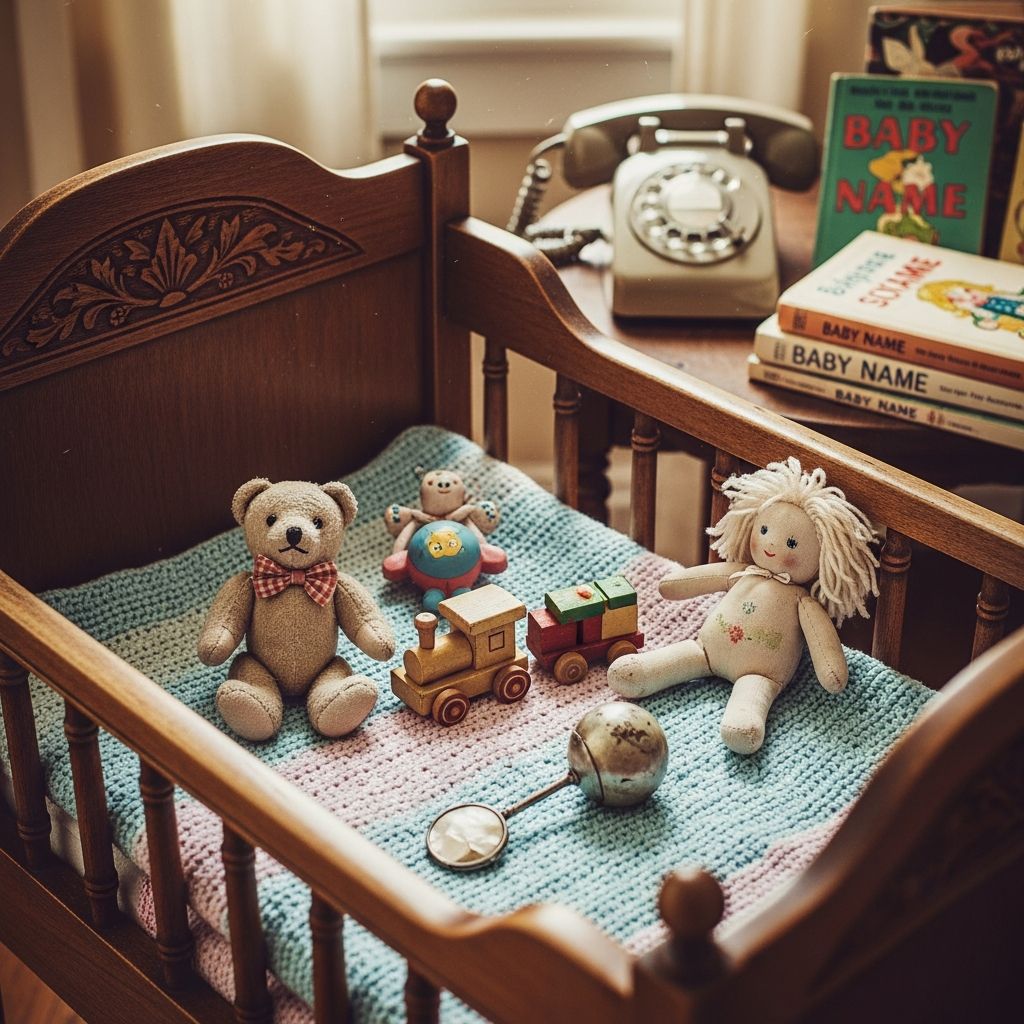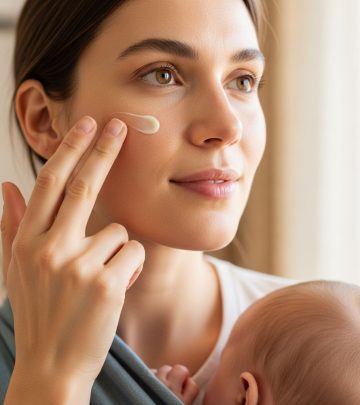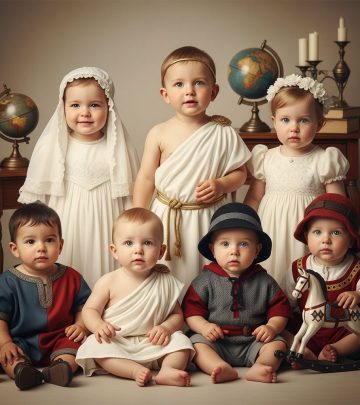Top Baby Names of 1960: Trends, Meanings, and Cultural Insights
Discover the most popular baby names of 1960 and the cultural, linguistic, and family traditions behind them.

Introduction: The Baby Name Landscape of 1960
The year 1960 marked a significant period in American history, with baby names reflecting both tradition and subtle shifts in cultural preferences. While this era is often remembered for its music, fashion, and social change, the most popular baby names remained largely stable and conventional compared to later decades. This article explores the top baby names of 1960, their meanings, notable trends, and what these choices reveal about American families at the dawn of a transformative decade.
Top Baby Names of 1960
In 1960, David took the top spot for boys, overtaking Michael from the previous year, while James held steady at third place. For girls, the top three—Mary, Susan, and Linda—remained unchanged, showcasing a remarkable consistency in naming traditions. The longevity of these classic names demonstrates the enduring appeal of traditional, biblical, and melodious options.
Top 10 Boys’ Names of 1960
| Rank | Name |
|---|---|
| 1 | David |
| 2 | Michael |
| 3 | James |
| 4 | John |
| 5 | Robert |
| 6 | Mark |
| 7 | William |
| 8 | Richard |
| 9 | Thomas |
| 10 | Steven |
Top 10 Girls’ Names of 1960
| Rank | Name |
|---|---|
| 1 | Mary |
| 2 | Susan |
| 3 | Linda |
| 4 | Karen |
| 5 | Donna |
| 6 | Lisa |
| 7 | Patricia |
| 8 | Debra |
| 9 | Cynthia |
| 10 | Deborah |
Lisa made a notable leap, rising four spots from the previous year, reflecting a small but significant shift in parents’ preferences.
Trends and Patterns in 1960 Baby Names
The baby name landscape of 1960 was characterized by stability and a strong preference for tradition. Parents favored names that were easy to pronounce, often had biblical origins, and carried a sense of familiarity and respectability.
Boys’ Names: Short, Biblical, and Traditional
- Six of the top ten boys’ names had just one or two syllables, highlighting a preference for simplicity and strength.
- Biblical names dominated the top ranks, including David, Michael, James, John, and Thomas.
- The letter “J” was especially popular, appearing in James, Joseph, and Jeffrey within the top 20.
Girls’ Names: Soft Sounds and Classic Choices
- Seven of the top ten girls’ names ended in “a” or the “ee” sound, giving them a melodic, feminine quality.
- Names like Mary, Susan, and Linda remained perennially popular, reflecting a cultural preference for timeless, classic names.
- The letter “D” was prominent among girls’ names, with Donna, Debra, and Deborah all in the top ten.
Cultural Influences on Naming
American parents in 1960 were influenced by family traditions, religious beliefs, and a desire for names that would stand the test of time. This era preceded the cultural upheavals of the late 1960s and 1970s, when more diverse and unconventional names began to emerge.
Origins and Meanings of Popular Names
Many of the top names in 1960 have rich histories and meaningful origins, often rooted in religion, literature, or historical figures.
Boys’ Name Origins
- David: Hebrew origin, meaning “beloved”; a classic biblical name associated with King David.
- Michael: Hebrew origin, meaning “who is like God”; a name with strong religious significance.
- James: Derived from the Hebrew name Jacob, meaning “supplanter”; a name borne by several saints and kings.
- John: Hebrew origin, meaning “God is gracious”; one of the most enduring English names.
- Robert: Old German origin, meaning “bright fame”; a name with medieval roots.
Girls’ Name Origins
- Mary: Hebrew origin, meaning “bitter” or “beloved”; the name of the Virgin Mary, making it perennially popular among Christians.
- Susan: Hebrew origin, meaning “lily”; a name that became widely popular in the mid-20th century.
- Linda: Spanish origin, meaning “pretty”; a name that enjoyed widespread popularity in the 1940s and 1950s.
- Karen: Danish origin, meaning “pure”; a name that peaked in the 1940s–1960s.
- Lisa: Short form of Elizabeth, meaning “God is my oath”; it surged in popularity in the late 1950s and 1960s.
How 1960 Names Compare to Other Decades
The names popular in 1960 were part of a broader trend toward traditional, established names that lasted well into the early 1960s. However, this era was on the cusp of change, as the late 1960s and 1970s would see a greater diversity of names and the introduction of more unique and inventive choices. The stability of the early 1960s contrasts with the naming innovations that would follow later in the decade.
Regional and Ethnic Variations
While national trends are informative, regional and ethnic differences also played a role in baby naming. For example, names popular in one state might be less common in another, and immigrant communities often maintained naming traditions from their countries of origin. However, the names discussed here reflect the dominant trends among the broader American population.
Names That Have Faded and Those That Endure
Many names that were top choices in 1960 have since declined in popularity, replaced by newer trends or cultural shifts. For instance, names like Linda, Donna, and Debra, which were hugely popular in the 1960s, are now considered vintage. Conversely, some names—such as David, Michael, and James for boys, and Mary for girls—have remained popular over generations, testifying to their enduring appeal.
Predicting Future Trends Based on 1960 Names
Looking back at the baby names of 1960 offers insights into how naming trends evolve. The preference for traditional, biblical, and easy-to-pronounce names suggests a cultural emphasis on stability and continuity. Today, some of these vintage names are enjoying a revival as parents seek unique yet classic options for their children.
Frequently Asked Questions (FAQs)
Q: What was the most popular baby name in 1960?
A: For boys, David was the most popular name, and for girls, Mary held the top spot.
Q: Why were biblical names so popular in 1960?
A: Biblical names have long been favored in America for their familiarity, religious significance, and sense of tradition. In 1960, this trend was especially strong among both boys’ and girls’ names.
Q: How did baby names in 1960 differ from those in the 1950s?
A: There was considerable overlap between the 1950s and 1960s, with many names maintaining their popularity. The main difference was a slight reshuffling in rankings rather than the introduction of many new names.
Q: Are any 1960s names making a comeback today?
A: Yes, some vintage names from the 1960s, such as Lisa, Michael, Mary, David, and Susan, are experiencing renewed interest as parents look for classic, timeless options.
Q: Were there any unique or unusual names in 1960?
A: The 1960 name charts were dominated by traditional choices, but some less common names like Randy, Wayne, Vicki, and Wanda also appeared in broader lists, reflecting a modest but growing interest in variety.
Conclusion: The Legacy of 1960 Baby Names
The baby names of 1960 reflect a society in transition, balancing reverence for tradition with the first hints of the cultural changes to come. The enduring popularity of names like David, Mary, James, and Susan speaks to their timeless appeal, while the subtle shifts in rankings and the occasional new entrant hint at the dynamic nature of naming trends. As we look back on this era, we gain not only a snapshot of American culture but also inspiration for naming the next generation.












